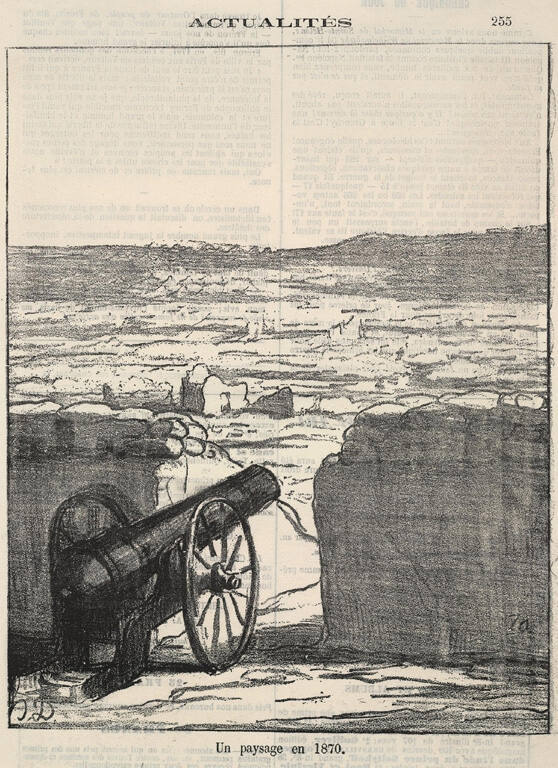
Object Details
Artist
Walter Phillips
Date
1923
Medium
Color woodcut on cream wove paper
Dimensions
Image: 8 3/4 x 9 3/4 inches (22.2 x 24.8 cm)
Sheet: 11 1/8 x 12 inches (28.3 x 30.5 cm)
Credit Line
Acquired through the Special Gifts Fund
Object
Number
88.040
Just as Japanese art had a profound effect on impressionist painters, ukiyo-e woodblocks changed Wes(…)
Just as Japanese art had a profound effect on impressionist painters, ukiyo-e woodblocks changed Western printmaking at the turn of the last century, bringing the woodcut process back into vogue after a long hiatus. In Japan, the process was traditionally performed by three people: the artist who made the original drawing; the artisan who cut the blocks; and the printer, who aligned and hand printed each work using a tool called a baren, a bamboo-covered disc with a strap that fit through the hand so the pressure could be deliberately modulated. In the West, most artists chose to perform all three processes themselves, which can account in many cases for the simplicity of the designs and color scheme. In England, Allan Seaby was one of the masters of the process and while teaching at the University of Reading in England passed along the technique to many others. Walter Phillips learned the technique from Seaby’s writings and made a career for himself in Canada, printing and selling his woodcuts there to great acclaim. (“Imprint/ In Print,” curated by Nancy E. Green with assistance from Christian Waibel ’17 and presented at the Johnson Museum August 8 – December 20, 2015)












